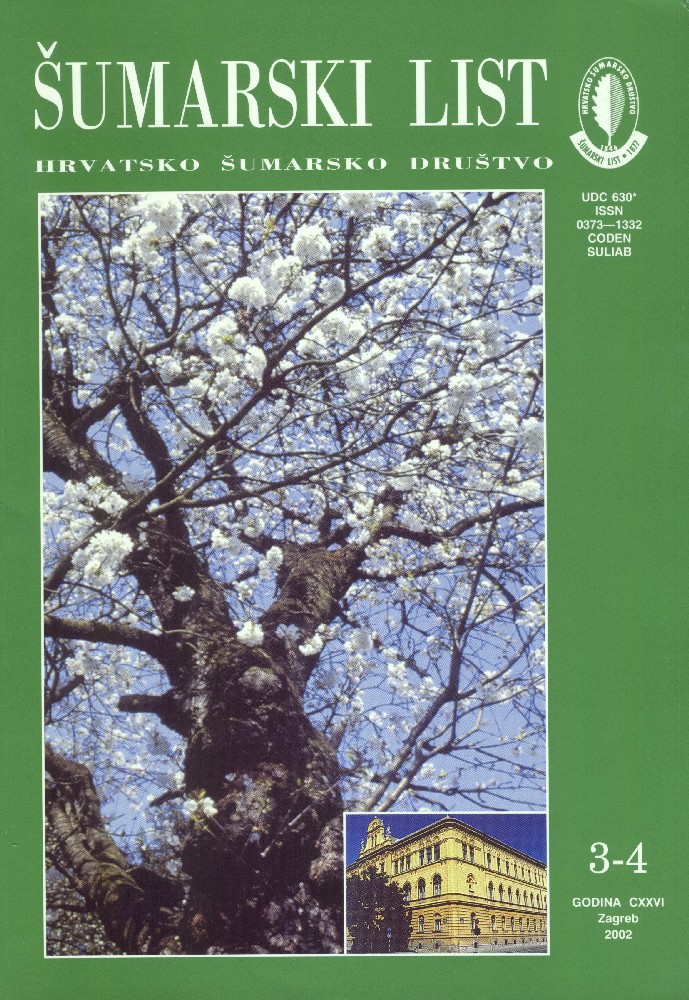Summary: The Republic of Croatia, a small maritime country, is renowned for its diversity and natural beauty. These range from the Adriatic Sea with a long string of islands and islets, the characteristic Dinaric mountain range, the forests of Gorski Kotar, the picturesque Slavonian flatlands and oak forests, the osiers along the rivers to the green hills of Croatian Zagorje. Particular care should be paid to all this natural wealth to protect its beauty. Within this framework, the author of this article particularly wishes to emphasise the beauty and richness of the ecosystem of the Croatian Adriatic with its multitude of karst phenomena and the beauty of the coast of Istria, the Croatian Littoral and Dalmatia, adorned with endemic plant and animal species.The natural resources of these regions have never been regarded by the local population as dead capital, but have been used and preserved with prudence and love. Yet, being exposed to turbulent historical events, the people were sometimes forced, in order to satisfy their needs and those of foreign occupiers, to over-utilise their wealth and change its original appearance. In the Adriatic region, it was the forests in particular that suffered most, which left indelible marks in the space. Forests are the main element of biological diversity, landscape, cleanliness of air, water and soil that make life in these regions pleasant and comfortable. These forests are now an inseparable part of Croatian forests and represent the biggest renewable natural resource of Croatia. High pressure for building infrastructure and other facilities in the Adriatic area requires a wise, prudent and far-sighted answer. Misguided treatments in the space, and particularly in the forest organism, which imparts a unique physiognomy to the Adriatic-karst area, lead to a chain reaction of numerous other indirect changes that leave permanently harmful traces on the landscape and the plant and animal world of land, rivers and the sea.
Key words: Adriatic; biomass; climate; coast; ecology; ecosystem; energy; fauna; fires; flora; ground water; islands; karst phenomena; karst; plant communities; rivers; soil; solar energy; tourism; wind; windmills |



